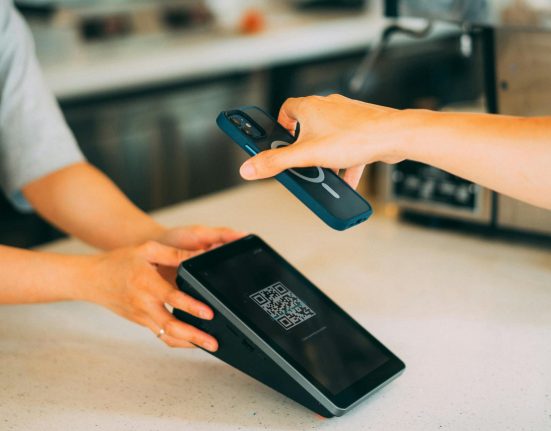What is Quishing? The Rise of QR Code Phishing Email Threats
As the cybersecurity landscape continues to evolve, a new threat known as “Quishing” has come to light, posing risks to both businesses and individuals. A combination of “QR code” and “phishing,” quishing marks a new tactic employed by cybercriminals to exploit unsuspecting targets. With the widespread use of QR codes in our daily lives, the potential for their misuse is growing rapidly.
What is Quishing?
Quishing involves the use of QR codes in phishing attacks to trick individuals into disclosing sensitive information or downloading harmful software. These attacks often feature QR codes embedded in emails, posters, or other communications. Once scanned, the QR code redirects the user to a malicious website or initiates harmful actions, bypassing standard email security measures.
This method is particularly dangerous because QR codes do not disclose their destination URLs upfront. Unlike clickable links that allow users to preview the URL, QR codes conceal their contents until scanned, making them a favored tool for attackers.
How Does Quishing Work?
- The Setup: Attackers embed a malicious QR code into an email, which may appear to come from a trusted source such as a bank, employer, or service provider.
- The Hook: The email urges the recipient to scan the QR code to verify account details, make a payment, or access a document. These messages often create a sense of urgency to catch recipients off guard.
- The Attack: Once scanned, the QR code directs the user to a fraudulent website designed to steal credentials, distribute malware, or collect payment details. Alternatively, the QR code might trigger the download of malicious files.
Why Quishing is Gaining Momentum
The recent surge in QR code usage, driven by contactless transactions, digital menus, and app downloads, has made people more comfortable scanning codes without hesitation. Cybercriminals are exploiting this trust to launch quishing attacks.
Additionally, traditional email security solutions are not always equipped to detect threats embedded in QR codes. Scanning a QR code typically involves using a mobile device, circumventing corporate security measures like email sandboxing or URL filtering.
Tips to Protect Against Quishing
- Verify the Source: Always confirm the legitimacy of the sender before scanning a QR code, particularly if it appears in an email.
- Examine the Email: Be wary of signs like spelling mistakes, generic greetings, or urgent requests designed to pressure you into taking action.
- Use Secure QR Code Scanners: Choose QR code scanner apps with security features that detect and warn against malicious URLs.
- Employee Education: Incorporate training on recognizing phishing attempts, including quishing, into regular cybersecurity awareness programs.
- Enable Multi-Factor Authentication (MFA): Even if credentials are stolen, MFA adds an extra layer of protection to prevent unauthorized access.
- Adopt Advanced Email Security Tools: Use tools that analyze QR codes for malicious content to enhance your security defenses.
The Road Ahead: Staying Ahead of QR Code Threats
As technology advances, so do the methods used by cybercriminals. Quishing underscores the need for heightened vigilance and robust security practices. Organizations should regularly update their cybersecurity frameworks to address new threats, while individuals must stay informed and cautious about emerging attack methods.
In today’s digital world, awareness is the cornerstone of security. By understanding the dangers associated with QR codes and adopting safe scanning habits, we can collectively mitigate the impact of quishing and other phishing tactics.

